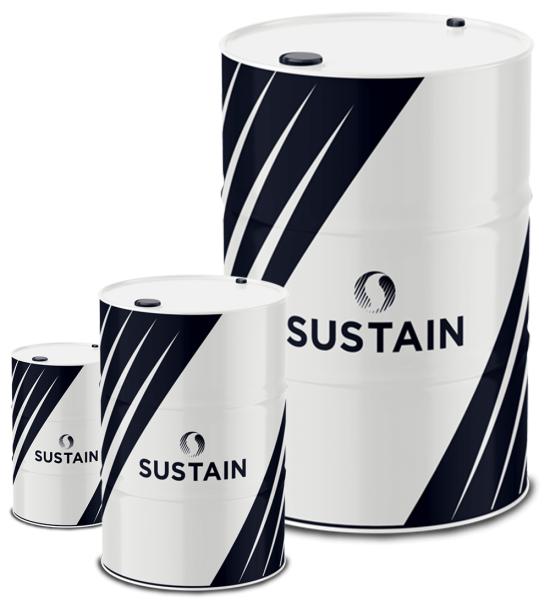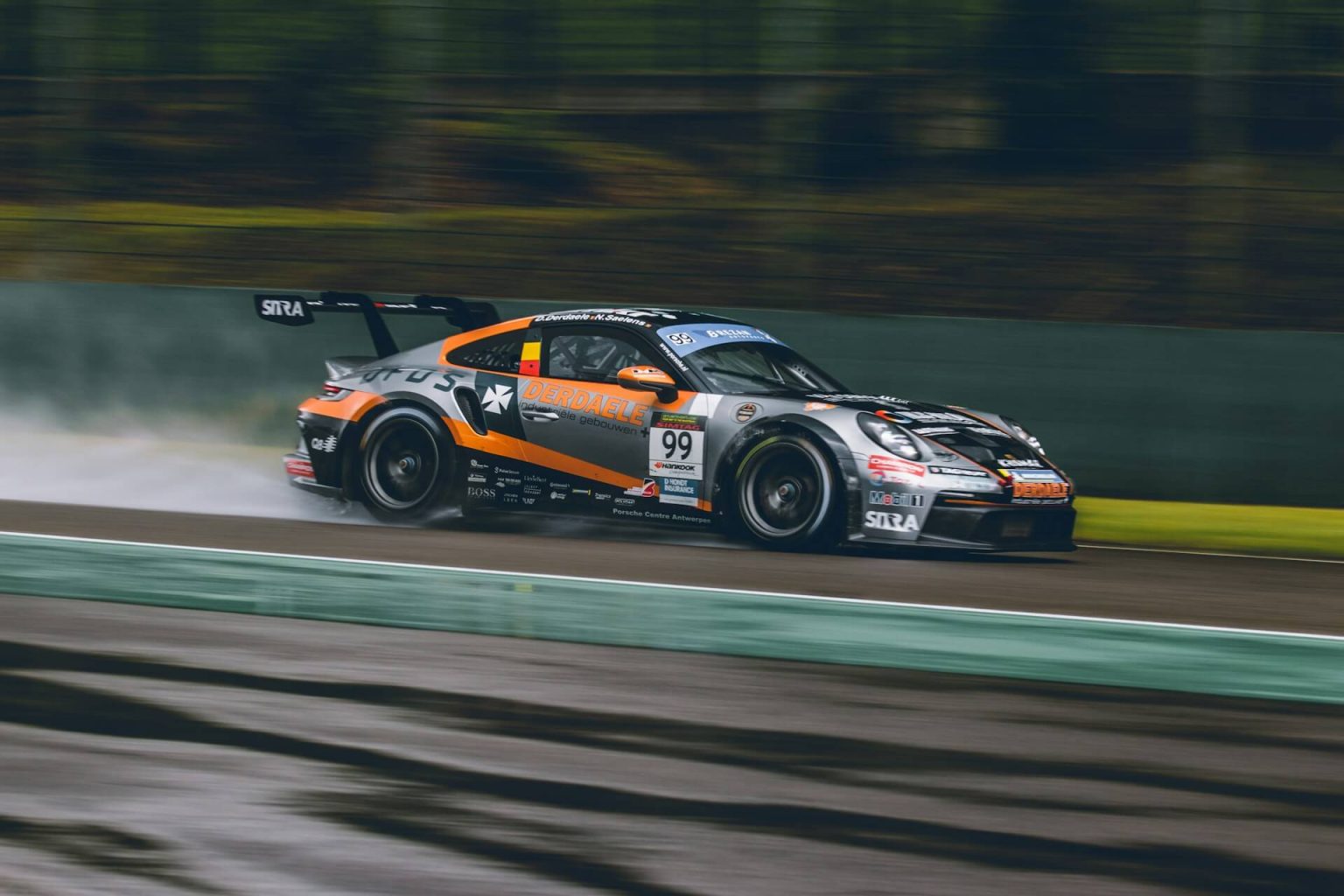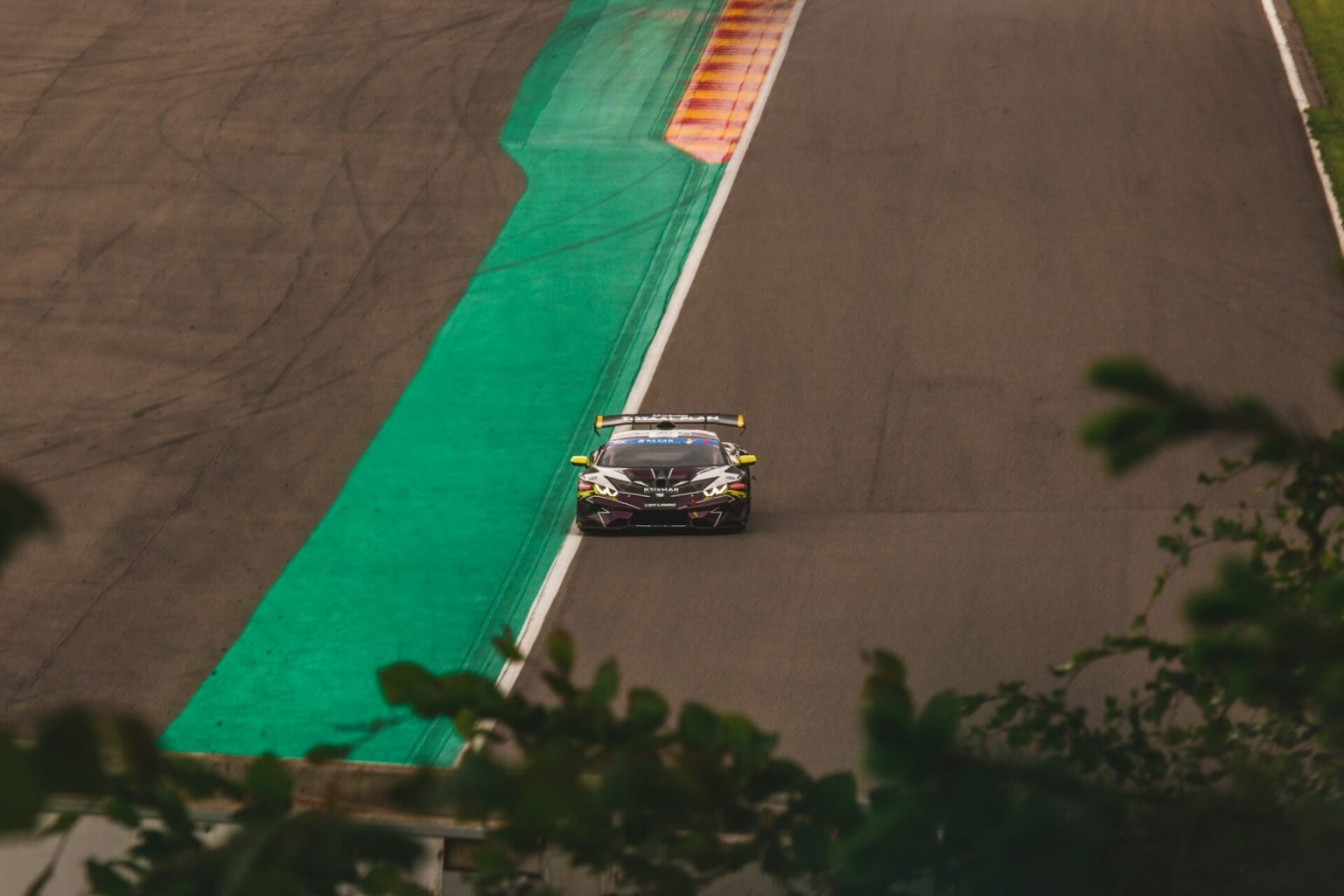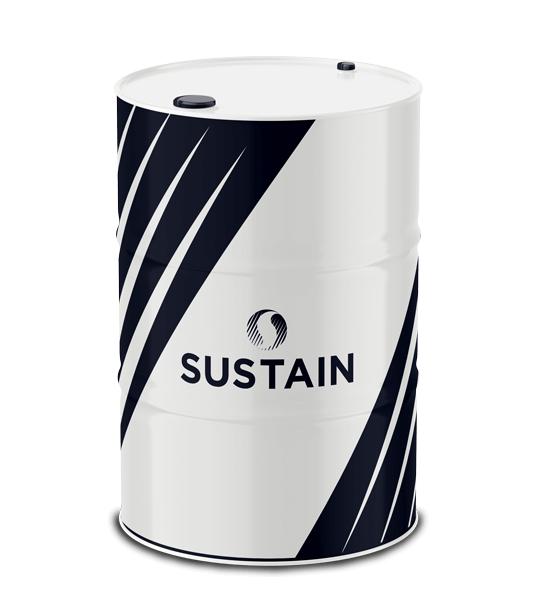sustainable racing is accelerating. 100% SUSTAINABLE. Only by sustain.

FUEL SPECIFICATION

99 RON / 89 MON
RON: The Research Octane Number (RON) measures fuel’s resistance to engine knocking, which is critical in high-compression race engines. Higher RON values are better at preventing detonation during intense acceleration and at protecting engines under extreme loads.
MON: The Motor Octane Number (MON) gauges the fuel’s knock resistance under high-speed, high-load conditions, like full-throttle laps. Higher MON values are better for carburetted vehicles in demanding race environments, ensuring stable combustion during sustained high RPMs, which keeps race engines durable and responsive. A low MON can cause power loss or engine damage under high stress.

8.6% ETHANOL CONTENT
Ethanol: Ethanol, a plant-based fuel additive derived from crops like corn or sugarcane, is blended into gasoline to enhance performance or reduce emissions, but its impact varies between motorsport and classic vehicles. In racing, high ethanol enhances octane and power, though it needs engine tuning for efficiency and demands more fuel flow due to lower energy content. For classic cars, low or no ethanol is best, as high ethanol can corrode old fuel systems, causing damage.

0.759kg/L DENSITY (SG)
Density: Fuel density, the weight per volume, affects how much energy your fuel delivers. Moderately high density is better, as it can provide more energy for better power and mileage, but overly dense fuel may strain systems.

7.04% OXYGEN CONTENT
Oxygen content: The oxygen levels in fuel help burn cleaner and more efficiently in your engine. Higher oxygen content is better for performance, allowing faster burning and more aggressive tuning, but it can reduce fuel economy due to less energy.

48kPa DVPE
Vapour pressure (RVP): Vapour pressure measures how easily fuel turns to vapour, affecting throttle response and combustion in engines. Higher vapour pressure is particularly useful in cold weather environments to start your vehicle, but is less relevant once running. Combined with Initial Boiling Point (IBP), it indicates the fuel volatility. The lower is better for launches and early throttle response.
Lower volatile fuels enhance charge cooling, improving air density in the intake or cooling combustion temps in the cylinder, reducing oil temps, which is ideal for endurance racing or hot weather. High RVP in hot conditions can cause vapour lock, disrupting fuel delivery and risking misfires or stalling.

UNLEADED

SUITABLE FOR CATALYSTS

152oC FBP (FINAL BOILING POINT) TYPICAL
FBP: The Final Boiling Point (FBP) is the temperature at which fuel fully evaporates during refining, influencing combustion efficiency in high-revving race engines. A lower FBP is better, as it helps the fuel burn completely to maximise power and prevent deposits that could slow performance. A high FBP can cause incomplete burning, reducing power and risking engine wear.
SUSTAINABILITY CREDENTIALS
TYPE OF SUSTAINABLE FUEL – BIOFUEL
100%
SUSTAINABILITY
35%
SUSTAINABLE COMPONENTS
0%
FOSSIL CHEMISTRY
65%
MASS BALANCED CONTENT
65%
GHG SAVINGS
POWERED BY SUSTAIN RACING

EN228

Appendix J AS Petrol >50%

Appendix J AS Petrol 100%

WHERE TO
FUEL UP?
View Fuel Locations



